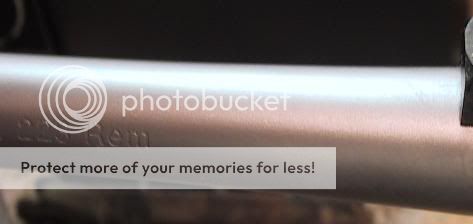WolverineAtWork
New member
Well fellas. I after having the cloth camo tape on my stainless Encore for nearly 2 years, I've finally had a reason to take it off. The scope is coming off of it to go on another gun, and I won't be using the Encore until I get another scope. So here it is.. detailed instructions on removing camo tape adhesive from your firearm.
First of all, let me say that this gun has gotten hotter just sitting in the AZ desert than most P-dog guns on a good town. /ubbthreads/images/graemlins/laugh.gif So, this adhesive has been baked on pretty well, as you can see.


Step 1 - hose down a paper towel with brake parts cleaner.
Step 2 - Wipe gun down.
1.5 minutes later, you end up with this:


The stock took a little longer, as the checkering on the hand guard and buttstock shredded my paper towel. After a light coat of oil, presto clean gun!

As you can see, it also works on scopes, but again, it took a little longer to get all the nooks and crannies.

As you can see, clean as a whistle.

So, class, we see that all of the fuss over the trouble of cleaning off camo tape residue is completely unfounded.
First of all, let me say that this gun has gotten hotter just sitting in the AZ desert than most P-dog guns on a good town. /ubbthreads/images/graemlins/laugh.gif So, this adhesive has been baked on pretty well, as you can see.


Step 1 - hose down a paper towel with brake parts cleaner.
Step 2 - Wipe gun down.
1.5 minutes later, you end up with this:


The stock took a little longer, as the checkering on the hand guard and buttstock shredded my paper towel. After a light coat of oil, presto clean gun!

As you can see, it also works on scopes, but again, it took a little longer to get all the nooks and crannies.

As you can see, clean as a whistle.

So, class, we see that all of the fuss over the trouble of cleaning off camo tape residue is completely unfounded.


